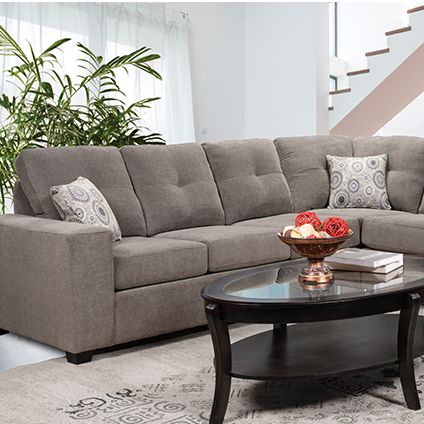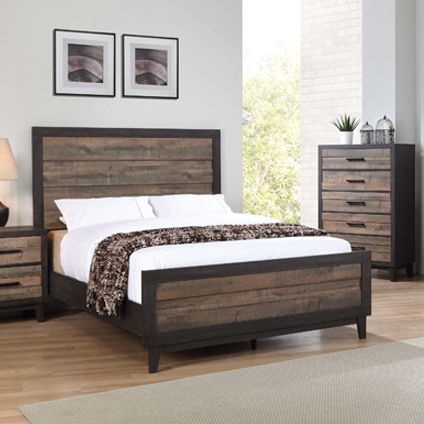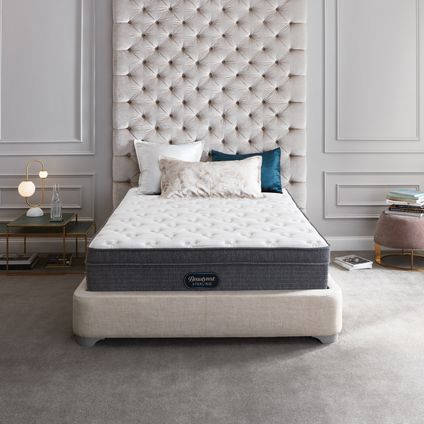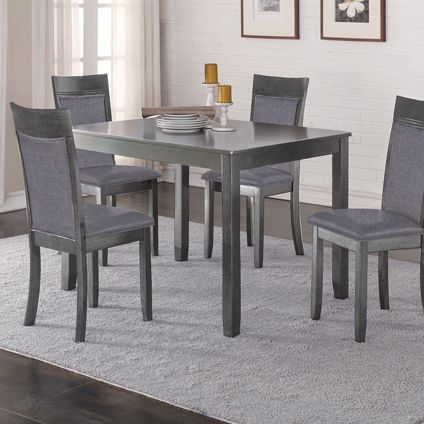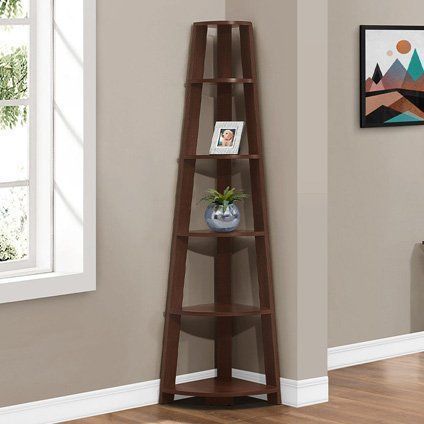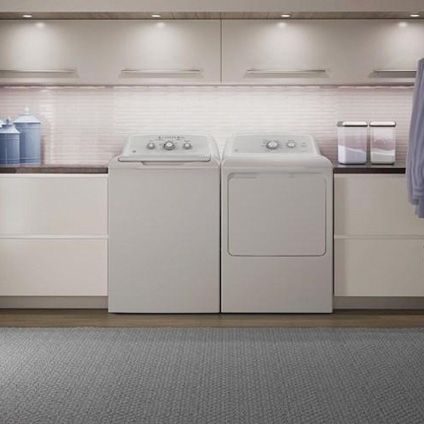Helpful Tips When Buying a Mattress
1) You won’t toss and turn on the right mattress.
Some people may tell you that a new mattress can eliminate tossing and turning. While pressure-points play a role in restless nights, moving in your sleep can be a normal habit unrelated to your bed. A good rule of thumb for determining if your bed is to blame: if you can’t get comfortable do to pain or awake with sore spots.
2) The firmer the better.
Conventional wisdom has suggested that choosing the firmest mattress was best for back health and support. However, recent research has shifted this to suggesting medium-firm mattresses provided the greatest pain relief and comfort for most people. Ultimately when it comes to deciding between soft, medium and firm, you should go with what makes your body feel refreshed.
3) Paying more guarantees get you better sleep.
Because we like to think we get what we pay for, as consumers we often assume that the more expensive product will be better than a cheaper one. Many people can point specific instances where this is untrue, as often inflated costs are due to advertising costs, markups, or trying to create an impression of luxury. When comparing mattresses, look at the quality of the materials in the actual product, reviews, and guarantees rather than using price as a measure of quality.
4) Mattress A = Mattress B.
Mattress manufacturers often produce similar but different lines for different retailers, in large parts so that they cannot be directly compared to those at other stores. Some reports indicate that salespeople may not always have accurate information on competitor offerings and may compare as similar mattresses with different features. Rather than accepting comparisons at face value, do your own research, again, looking at what actually goes into the bed and the quality of the materials.
5) A mattress is okay to use until it sags.
Your mattress doesn’t have to be sagging four inches to lack support. Consumer organizations typically recommend replacing a bed after 5-8 years of use. After this amount of time, average innerspring mattresses will begin losing their ability to support the sleeper and padding/foam materials tend to become compressed. Not only that, but changes in weight and age can also necessitate the purchase of a new bed before visible wear may be present.
6) Mattress fabrics make a big difference.
Retailers often emphasize upgraded models with ultra-premium silk damask quilted luxury ultimate etc. covers, but these may not make a huge difference to the sleeper. If you think about it, most people put sheets and/or mattress pads on top the mattress, so direct contact would not occur. Upgrades like silk, cashmere, and fancy sounding blends likely won’t be worth the added costs. One place you could see a difference however is in selecting breathable fabrics that allow air to flow through the mattress, like natural cotton, bamboo and wool.
7) The cover will protect your bed.
The standard cover that comes with most mattresses is not waterproof or dust mite proof. If the small children or pets will be on the mattress or you tend to sweat at night, a waterproof or water resistant cover, such as a health protector is a good idea. It will help protect your investment and save you from issues should you need to return the bed or file a warranty claim. Dust mite proof covers can also prove helpful for those with allergies, especially on innerspring beds.
8) Toppers can fix everything.
When your mattress starts getting uncomfortable, you may be tempted to slap a topper on it to extend its life a little longer. However, a mattress topper is not suitable for every situation. If your bed has dips or poking springs, is too soft, or lacks underlying support, a mattress topper will not improve in the situation. A mattress topper can be good for providing pressure relief on a too-firm bed or extending the life a mattress that may have lost resiliency in comfort layers but remains supportive.
9) The warranty will cover everything.
Mattress warranties tend to be somewhat complicated. Many luxury beds feature 20 year or longer warranties, but that does not mean the entire mattress is covered. Typically, the bed will have a full coverage period followed by a prorated period, which will vary depending on the brand and type of materials. Even during the full coverage period, the warranty may be limited to certain components or a specific degree of impressions. Chances are you will be replacing the bed long before the warranty period, so decades long warranties may not be as impressive as they sound.
